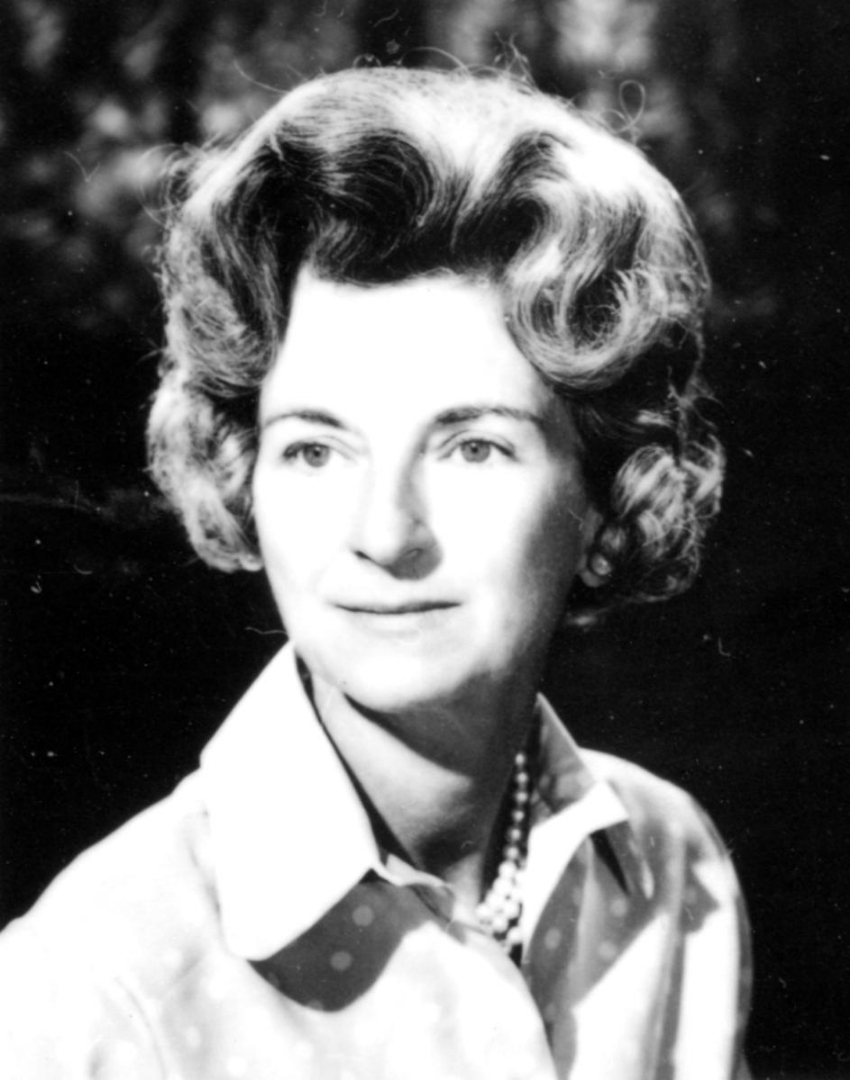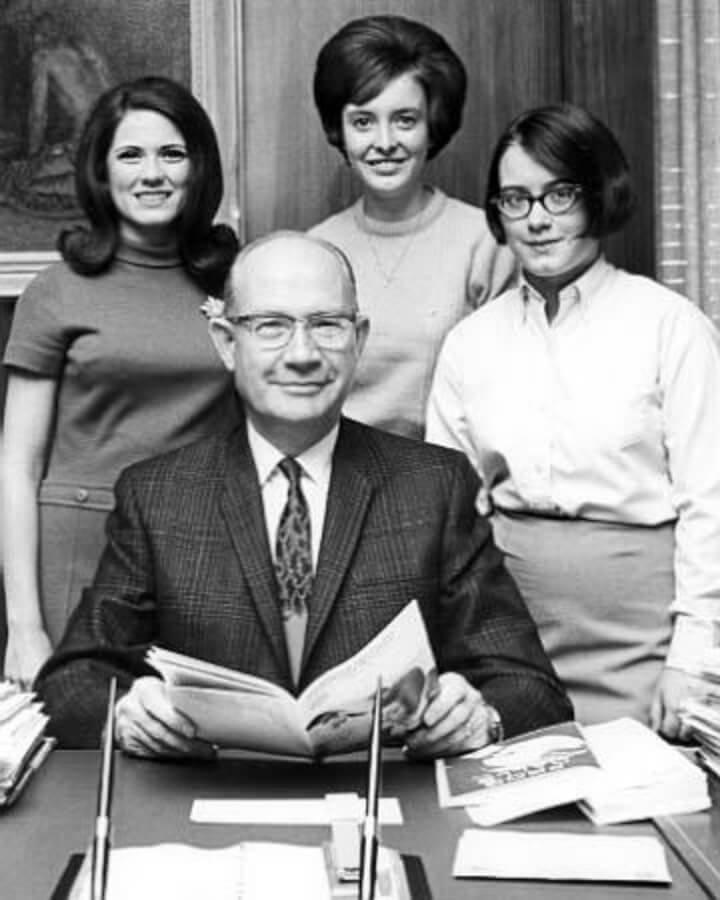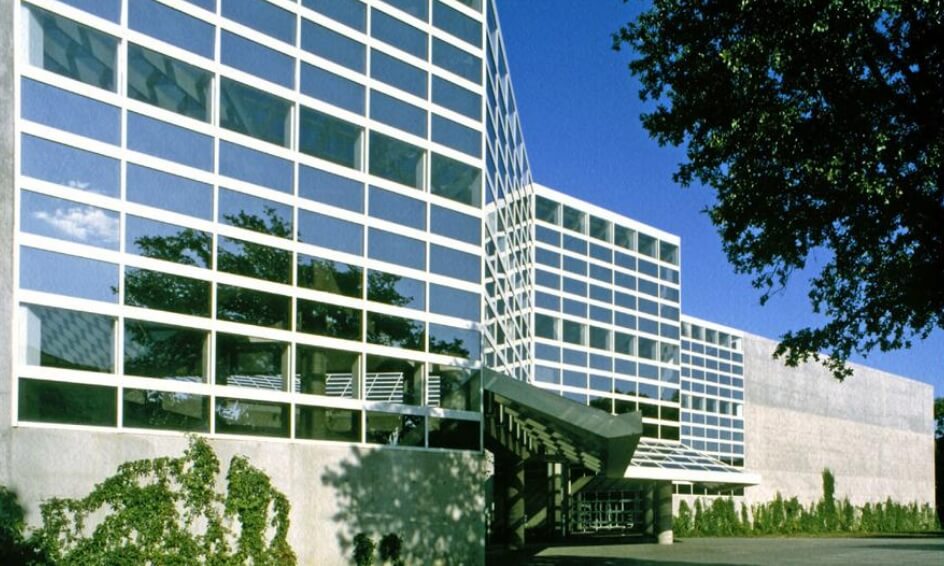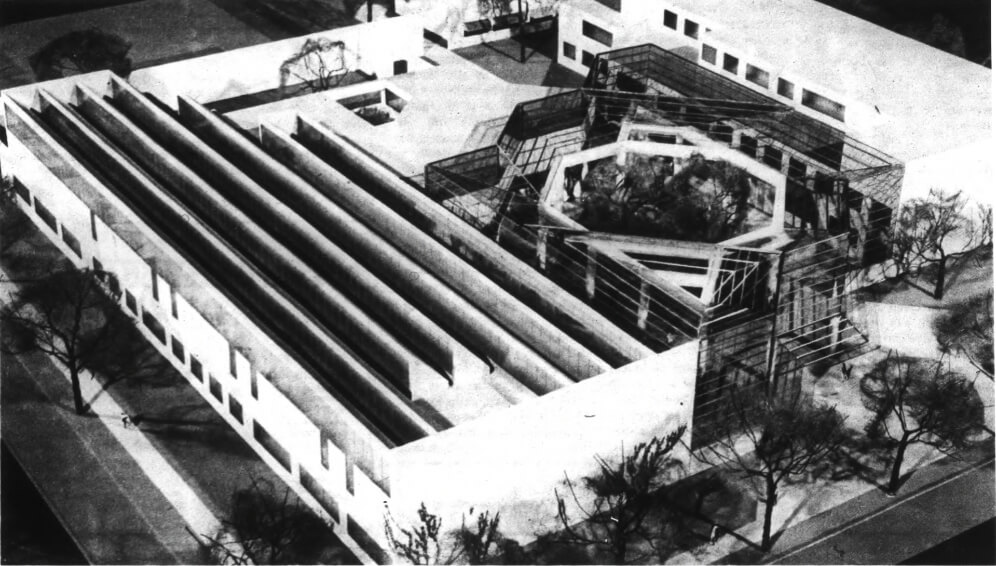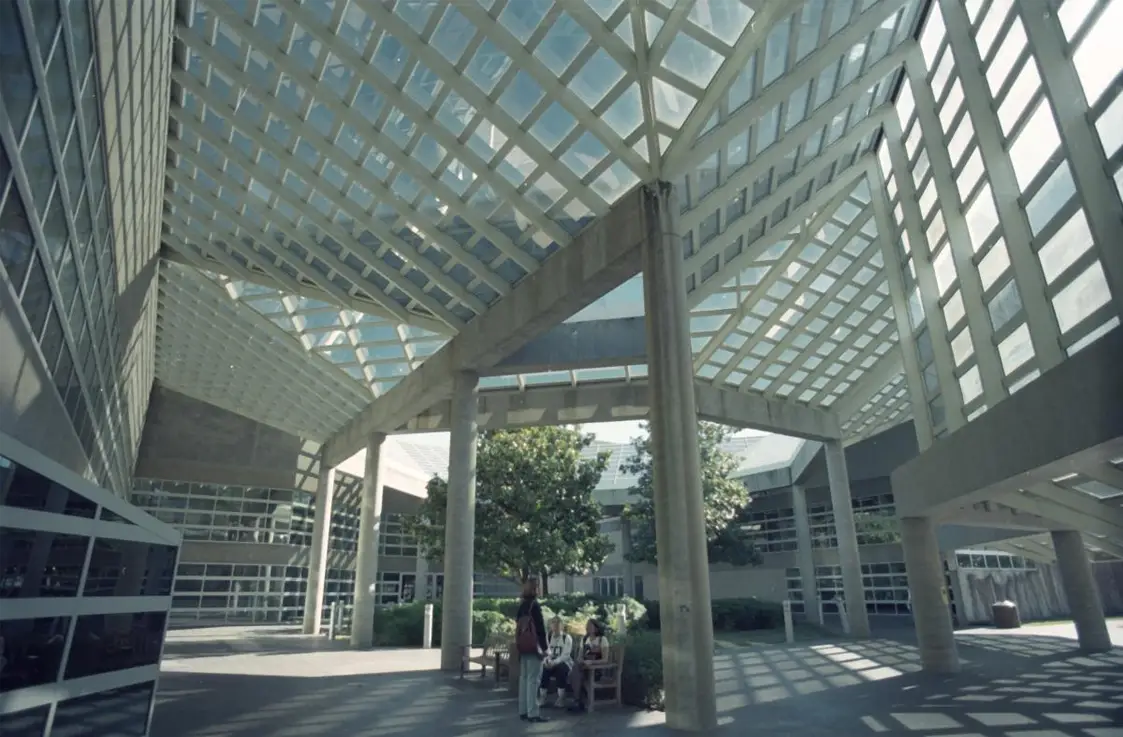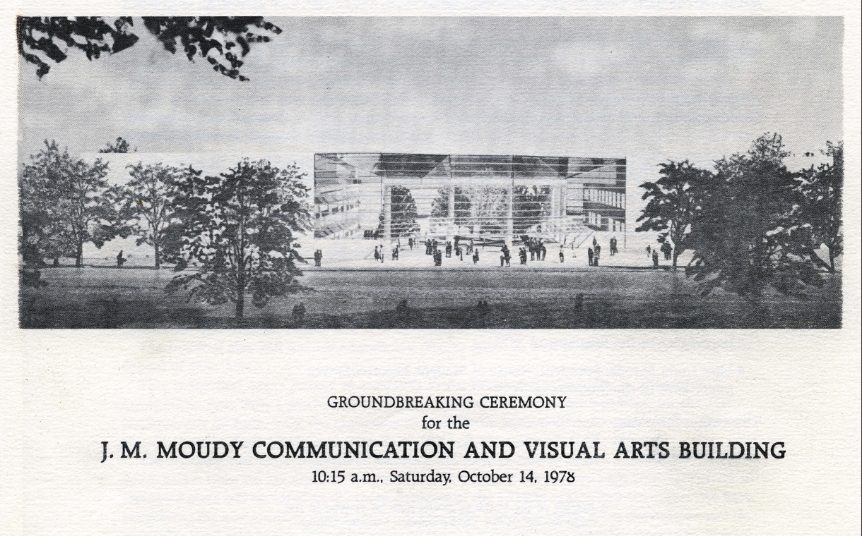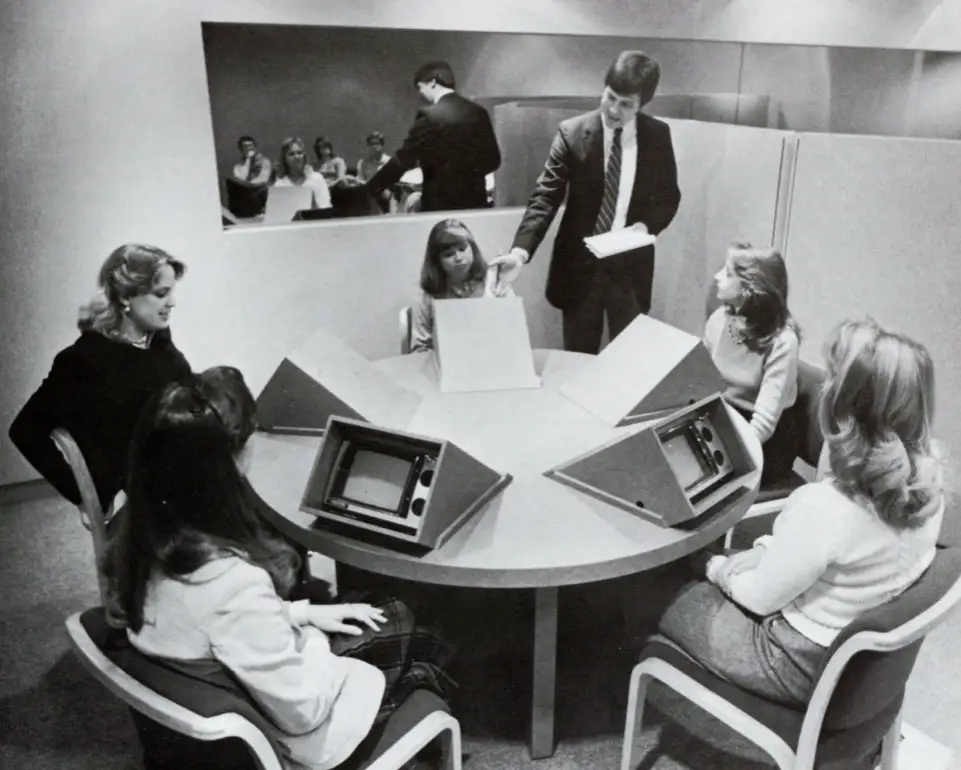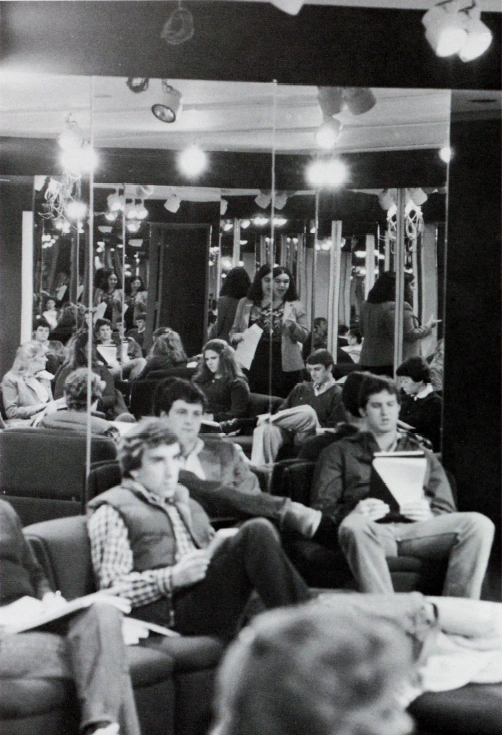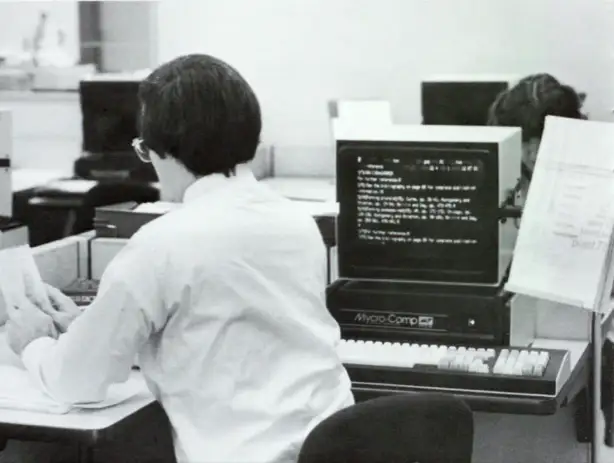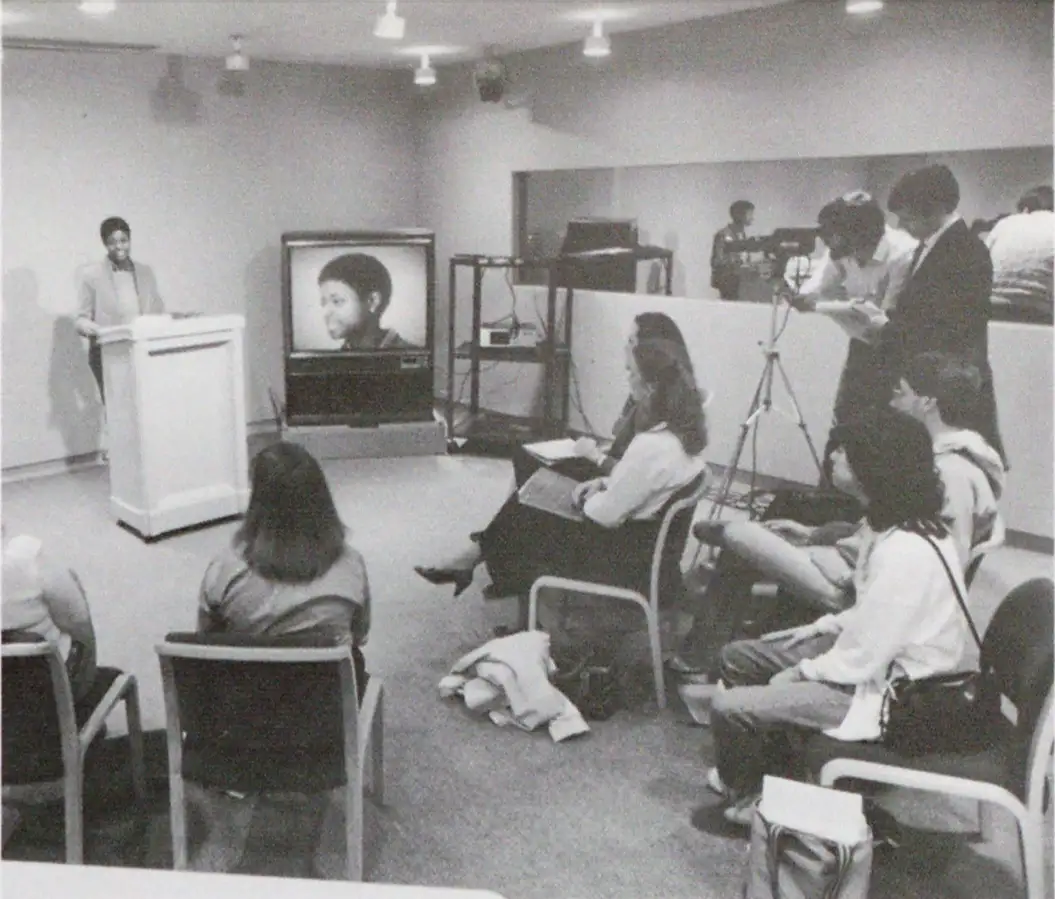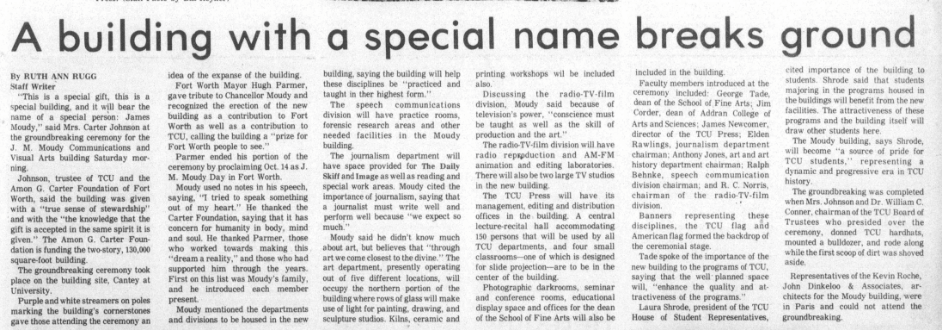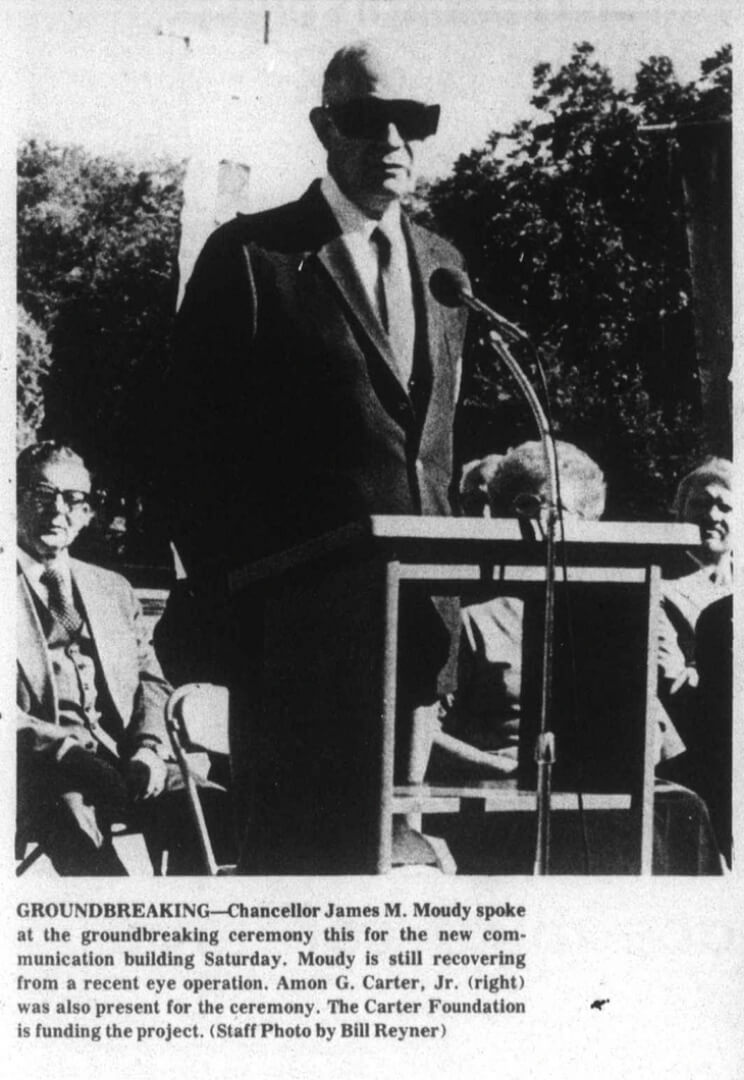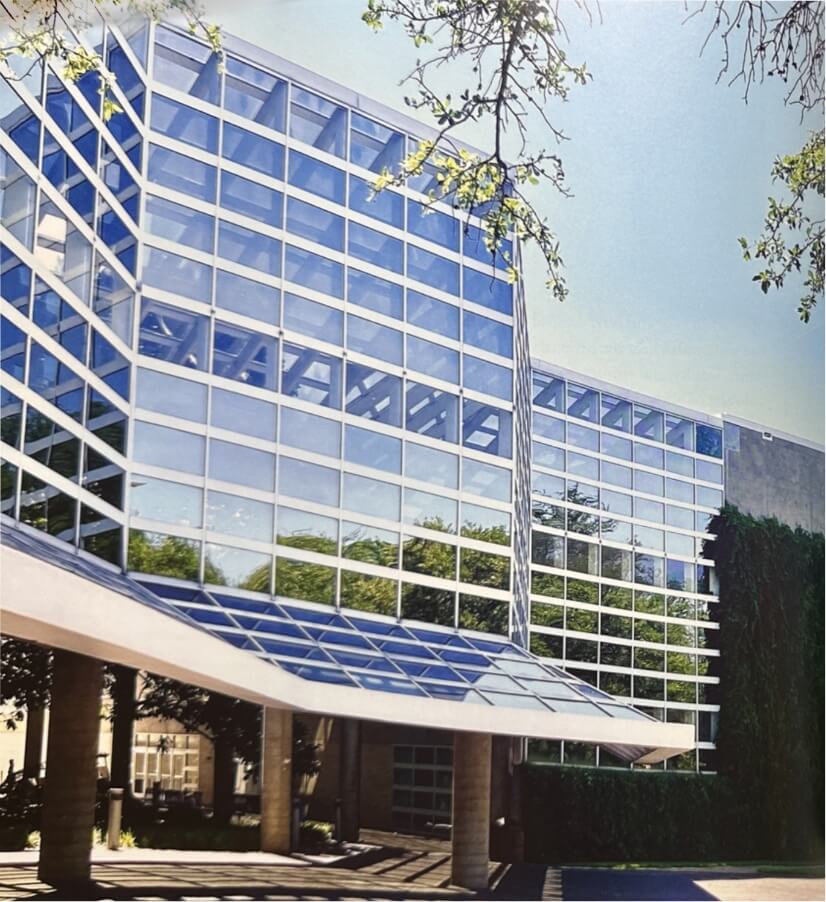The J.M. Moudy Building: Honoring
TCU’s first alumni chancellor and
communicating a message
Scroll
Honoring TCU’s first alumni chancellor and communicating a message
In the late 1970s, TCU wanted to build a facility to join communication and visual arts programs that were scattered across campus. To that end, Fort Worth arts patron Ruth Carter Stevenson, who had honored her father’s wishes in creating the artistically important Amon Carter Museum in the 1960s, offered TCU a $16 million gift from the Amon G. Carter Foundation. At the time, TCU Chancellor James M. Moudy, for whom TCU’s trustees declared the new building would be named, said the Carter Foundation gift for a visual arts and communication complex was the largest single gift received by TCU, aside from bequests.
Moudy’s donor: Selecting a visionary architect
Stevenson’s only condition was that she choose the TCU building project’s architect – and she selected a nationally prominent architect who could communicate an artistic message for the campus: Kevin Roche.
KEVIN ROCHE
Roche studied with legendary architect Ludwig Mies van der Rohe, and later became principal designer for another legendary architect, Eero Saarinen. After Saarinen’s death, Roche partnered with engineer John Dinkeloo to create the firm Roche Dinkeloo and Associates. Their firm completed 12 major Saarinen projects that were under way when he died. Those projects included finishing the iconic Gateway Arch in St. Louis, the TWA Center at Kennedy Airport in New York, and the CBS Headquarters in New York.
The complex that Roche designed for TCU became the J.M. Moudy Building for Visual Arts and Communication. It was Roche’s first design in Texas. (He later designed a Neiman Marcus department store at NorthPark Center in Dallas and the Conoco Oil headquarters in Houston.) Construction of the Moudy complex began in 1978, and it was dedicated in 1982. That same year, Roche won the Pritzker Prize, which sometimes has been considered the equivalent of a Nobel Prize for architecture.
Despite its design by a renowned architect who went on to complete New York’s Ford Foundation building and major projects for the Metropolitan Museum of Art, the Central Park Zoo, the United Nations and the American Museum of Natural History, the Moudy complex was not immediately beloved by some members of the TCU community. The building was dubbed a “radical break” from the more traditional campus buildings it faced across University Drive.
